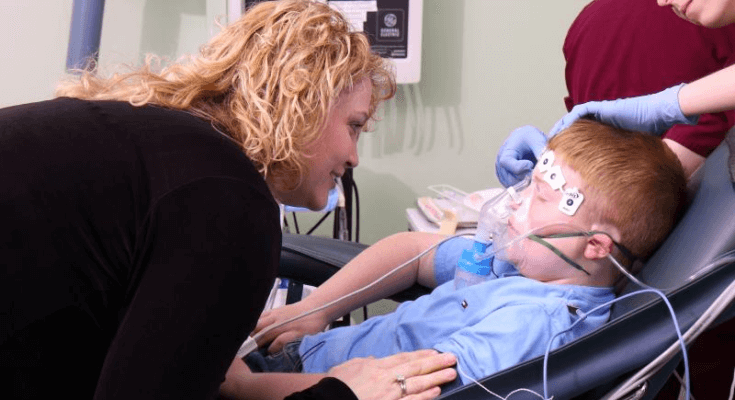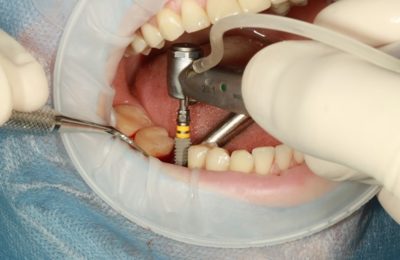Our world is really getting better each day despite the troubles in the Middle East and the spate of terroristic activities in the Western World. Do you know that if need be, a doctor can now perform surgery right in his office?
Today, physicians are doing a lot more than checking on their patients in their private clinics. Medical technology has advanced to such extent that surgeons can now perform complex and advanced surgical procedures inside their offices.
However, office anesthesia and surgery is not completely similar to conventional surgery performed in a hospital’s operating room.
What Exactly is Office-Based Anesthesia?
The anesthetic techniques used in office-based surgery are the same strategies used in ambulatory surgical units and in hospitals. These techniques include:
- General anesthesia – resulting in the total loss of the patient’s consciousness, protective airway responses and pain sensations.
- Regional anesthesia – which includes epidural blocks or extremity blocks and spinal blocks. This will interrupt the patient’s sensations coming from his abdomen or legs and is done by injecting local anesthesia in or near his spinal cord. Other blocks can also be injected in the patient’s extremities and limbs to stop the sensations coming from his arms and legs.
- Monitored anesthesia – which is injected into the patient when he receives pain relief medications which makes him drowsy. During his operation, all his vital signs such as blood pressure, heart rate and oxygen level will be closely monitored to prevent sudden complications or changes.
-
Local anesthesia – which induces numbness to a local spot in the patient’s body. An example is the anesthesia used by a dermatologist to numb a patient’s skin to remove a mole.

As in patients undergoing surgical procedures in a hospital, those who choose to undergo office-based surgery will be required to follow similar precautions. So, aside from being given office anesthesia, the patient will also be asked not to drink or eat anything for a few hours before surgery.
And since the surgery is office-based, the patient may be required to have a family member or a close friend to drive him home or help him out after the surgery.
Who Injects the Anesthesia?
Ideally, a physician medically trained to deliver anesthesia should be the one to deliver it to the patient undergoing surgery. Or at least, the person injecting it must be supervised by a licensed anesthesiologist. The patient must be sure that it is correctly done by a legitimate and licensed medical provider.
What About Complications?
Since the patient cannot disregard complications in a surgical procedure, he must be sure that the office-based surgery must have the necessary equipment, emergency drugs and safety procedures in place.
Thankfully, anesthesiologists are trained to anticipate and treat complications that are anesthesia related. But it is wiser to have a contingency plan that will enable the patient to be delivered to a local hospital, should a serious office surgical complication occur.
Is Office-Based Surgery Allowed by the Government?
Licensing or accreditation in office anesthesia and surgery is required by many states. There are government agencies that regulate this medical practice so that minimum standards for patient care are strictly observed.













